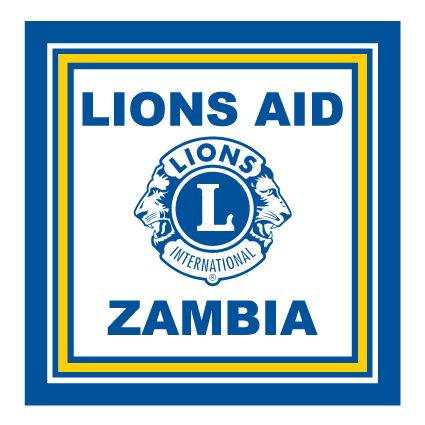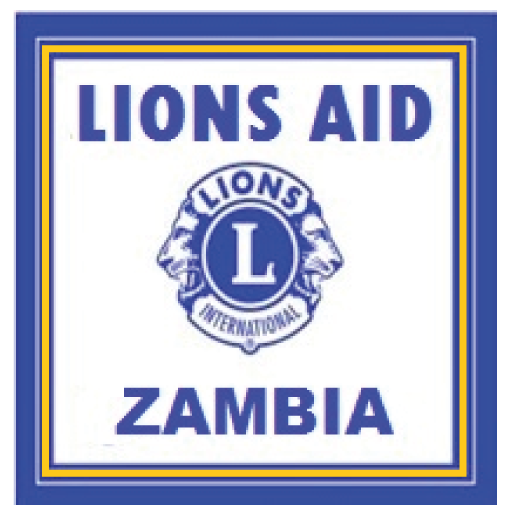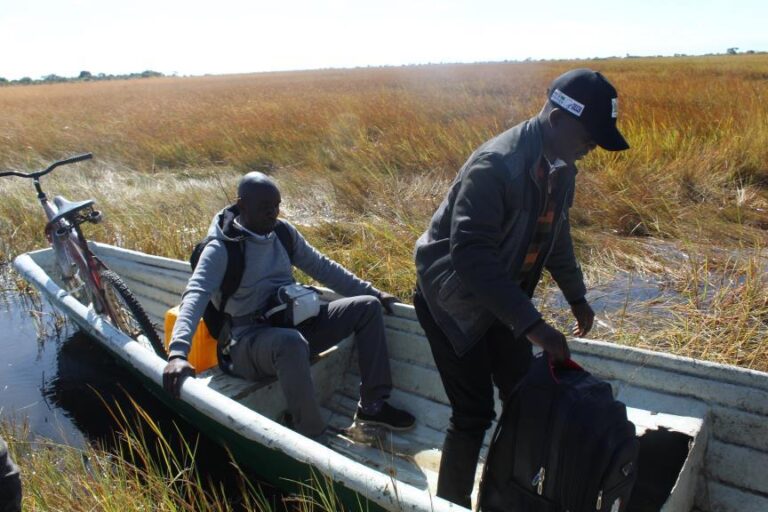According to recent statistics, the prevalence of blindness in Zambia ranges from 2.2% to 4.4% which implies that there are 339,081 to 678,162 people who are either visually impaired or blind within a population of 16 954 051. The leading causes of blindness are cataract (53.2%), glaucoma (19.0%), trachoma (5.7%), refractive errors (15.3%), corneal opacity (3.6%), and retinal disorders (3.2%). All of these causes of vision impairment are preventable or treatable with early detection and management, as well as cost-effective interventions encompassing promotion, prevention, treatment, and rehabilitation. The majority of eye health services are delivered through primary health care levels, in accordance with the government policy of delivering health services through the primary health care approach.
To address the needs associated with eye conditions and vision impairment, Lion Aid Zambia (LIAZ) has continued to collaborate with the government and other eye care partners to build up efforts to combat eye diseases, especially trachoma, in Zambia.
Recently, LIAZ in collaboration with the Ministry of Health reached out to communities in Ngabwe District to screen them for trachoma. Mutoshi Kahokola, an Ophthalmic Clinical Officer from Solwezi General Hospital’s eye clinic who supports the work being carried out by LIAZ, said he has been a trachoma Grader for five years.
“Despite the distances we travel, I have witnessed smiles, satisfaction, and gratification from the communities I have served.” “Working with Lions Aid Zambia, I have witnessed their determination, resilience, objectivity, and passion in what they do to ensure communities are reached,” says Mr Kahokola.
Mr Kahokola and other graders have had a difficult time reaching out to some communities due to poor road networks.
“As trachoma survey team (Grader and Recorder), it is not always easy for us to overcome all barriers to ensure communities are screened for trachoma. We traveled for four hours on gravel road, an hour on a banana boat, and 30 minutes on a motorcycle as this was the only way to get to Muyanje Village on Ngabwe District’s Chilwa Island of Ngabwe District, which is about 150 kilometers from Kabwe,” he said.
Mr Kahokola (Grader) and Wilson Ngulube (Recorder) traveled cheerfully, motivated by the communities’ warm welcome and willingness to be screened in that area.
Mr Ngulube, a registry clerk at the Provincial Health Office in Chipata, Eastern Province, has been a recorder since 2016 and praises LIAZ for its role in improving eyesight in Zambian communities.
“The Ministry of Health, through Lion Aid Zambia has positively changed people’s lives by bringing health services to their doorsteps in various communities throughout Zambia in activities such as Trachoma screening,” says Mr Ngulube.
He encourages the community to work with and support the health workers who visit their homes for screening in order to help the Ministry of Health achieve its target and goals of universal coverage and a trachoma-free Zambia.


